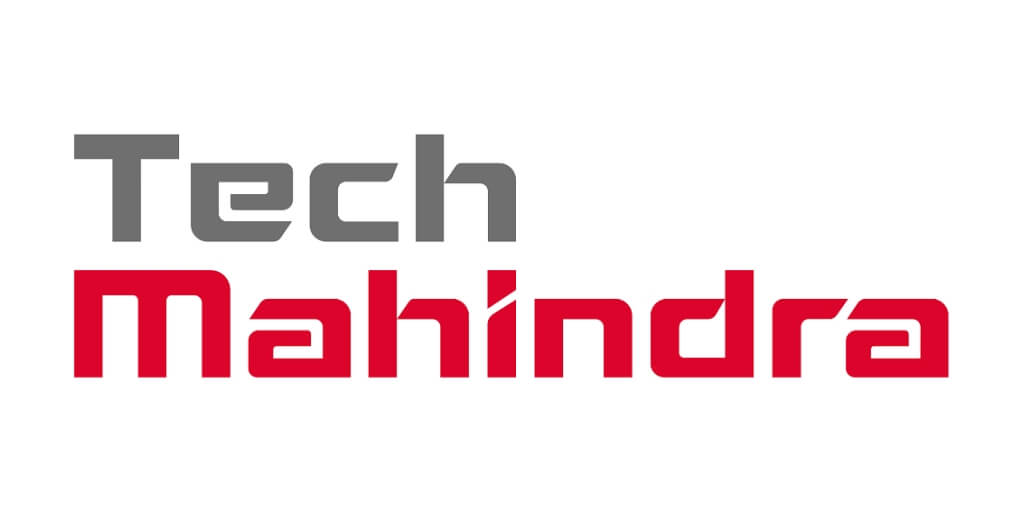Top 5 Shares to Buy in 2022

Good bye to 2021 and warm welcome to 2022. Being a investor we believe economy must grow at good path and we can earn handsome ROI on your investment. But last 2 years was very critical condition for portfolio but any how we survived.
ISFM Best Stock Market School always try to finding the best stock for our students, We also disclose the methodology so that it can help you in future. We have identify 5 stocks for 2022 which can give u better return if you invest and stay with them.
1. Aarti Industry : –

Involved in manufacturing speciality chemicals and pharmaceuticals, Aarti Industries has over 200 products and serves 400 customers worldwide. Of its 20 manufacturing plants, 15 plants manufacture speciality chemicals and five plants manufacture pharmaceuticals. The company is one of the top three global players for Nitro Chloro Benzene (NCB) and Di-chloro Benzenes (DCB). It has backward integration for most of its APIs. Aarti Industries earned around 83 per cent of its FY21 revenue from speciality chemicals and 17 per cent from pharmaceuticals. Thanks to its global presence, the company earned 44 per cent of its FY21 revenue from exports. Over the last five years, its revenue and profits have grown by 8.4 per cent and 14.8 per cent, respectively, thereby helping its share price grow by a solid 41 per cent.
Given the tailwinds in the speciality-chemical industry, it has planned to invest around `2,500–3,000 crore in its chemical operations and `350–500 crore in its pharma operations during FY22–FY24 to add over 40 products to its chemicals segment and over 50 products to the pharma segment, thereby increasing its overall operating margin. With China losing its dominance in manufacturing speciality chemicals, Aarti Industries’ leadership and scale will help it expand its business rapidly in the next few years.
2. Tech Mahindra : –

This information technology (IT) services and consulting firm was founded as a joint venture between Mahindra & Mahindra and British Telecom in 1986. Later, British Telecom sold its stake to Mahindra & Mahindra. Its service offerings include network services, engineering services, platforms, security, digital marketing and customer experiences, business process services and IT. The company is a trusted transformation partner for several communication-service providers, telecom-equipment manufacturers and independent software vendors. Hence, the growing adoption of 5G is believed to augur well for the company. Tech Mahindra already boasts of designing, building, testing and operating the world’s first 5G end- to-end cloud-native platform for a Japan- based Tier-1 carrier. While 5G for telecoms is likely to drive the company’s near-term growth, 5G for enterprises would take some time to be its growth driver. Unlike its competitors Infosys and Tata Consultancy Services that operate in the operating-expenditure- related business, Tech Mahindra is involved in the capital-expenditure-related business. This gives the company a competitive edge in the 5G world. As revealed by a Sharekhan report, this IT and consulting firm is poised to benefit from an open 5G network (a market opportunity of $40–50 billion), network on the cloud ($8–10 billion), cognitive- managed operations ($10–15 billion), digital-operating support system ($5–8 billion) and enterprise-network modernization (greater than $50 billion).
3. Praj Industry : –

The growing demand for ethanol has paved the way for sugar companies to capitalise on this opportunity. Besides, some other companies, for example Praj Industries, are likely to benefit from this trend. Established in 1984, the company is involved in providing technologies and solutions that are used for the production of biofuels, such as ethanol, biodiesel, compressed biogas (CBG) and other biofuels. A leader in its industry, Praj Industries commands a market share of 60 per cent. Its product portfolio comprises bio-energy plants, high-purity water systems, zero-liquid discharge plants, breweries for alcohol, among others. It is one of the few companies in the world that develops second-generation ethanol technology. This technology primarily uses rice and wheat residues, cotton stalks and cane trash for the production of ethanol. Apart from domestic clients, the company has customers in more than 75 countries and its technologies are used to produce 8 per cent of the global ethanol production. At present, India’s capacity to produce ethanol is pegged at 784 crore litre, which is expected to double in the next five years to cater to the growing ethanol demand. All these are likely to increase the demand for the company’s products and services. Besides, ethanol blending has also been mandated in many countries, including Brazil, the US, the European Union, China and Thailand, to name a few. So, there has been a consistent uptick in the inquiries and order intake for the company. In Q2 FY22, the company report
4. Jubli Food Works : –

One of the largest food-service companies in India, Jubilant FoodWorks holds the exclusive rights to develop and operate the Domino’s Pizza brand in India, Sri Lanka, Bangladesh and Nepal. It also holds exclusive rights for the Dunkin’ Donuts brand in India. Jubilant has a presence in the Chinese cuisine segment through its in-house brand ‘Hong’s Kitchen’ and has recently added biryani to its portfolio by launching the ‘Ekdum!’ brand. As of September 2021, the company operated 1,435 Domino’s Pizza restaurants across 307 cities in India. Jubilant intends to be a food-tech powerhouse, as evident from the launch of its analytics and insights division in FY21. The division works with product and engineering teams to strengthen the company’s digital capabilities. Besides, it is looking to invest in technologies to improve customer and employee experience and reduce inefficiencies in its supply chain and store operations. Given that the company already operates on a comparatively large scale, the ongoing digital transformation is likely to add to its moat. Further, being a cash-rich company, it has been able to diversify its business into adjacent verticals to keep up the growth momentum.
Despite the rise of aggregators, a majority of Domino’s online sales are generated on its own platform, with its app being downloaded at a staggering rate. This enables the company to gain more insight into customers’ behavior, thereby paving its way for better decision-making. Besides, its loyalty program for Domino’s, which is in the pilot stages in select markets, is another positive. Thus, even though the company was hard hit by the pandemic, it has worked its way through it to emerge stronger.
5. IEX – Indian Energy Exchange : –

With a current market share of 95 per cent, the country’s first and largest power-exchange company brings together the buyers and sellers of electricity on an automated trading platform. This platform is used for renewable-energy certificates, energy saving certificates and the physical delivery of electricity. In turn, the company charges transaction fees for using its platform. Besides power, the company also owns and operates a gas exchange, called IGX, which is the first natural gas-trading exchange in the country. The government’s vision of increasing the share of natural gas in the total energy basket from 6 per cent currently to 15 per cent by 2030 is likely to increase gas consumption and trading. Besides, the existing capacity of the gas pipeline (18,000 km) will double in the next two years. In the renewable- energy certificate segment, IEX has a market share of more than 75 per cent. The growing demand for renewable energy is likely to result in an increase in the trading of the same on its platforms. Unlike other companies that stand to benefit from the shift towards clean energy, IEX does not require high capex to expand its operations and has no credit risk.
The volume of power trading on IEX’s platform has grown at a CAGR of 32 per cent since its inception in 2009. This implies the growing acceptance and demand for power trading in India. At present, in developed economies, power trading through the exchange is pegged at 30–80 per cent, while that of India is just 6 per cent, which leaves enough headroom for growth in future.
Disclaimer : – Kindly take expert advise before investment in real life, ISFM would not be responsible for any kind of loss. Above mentioned stock are opinion of just author not a recommendation to any one.



